Mangrove Rangers decry “piratical attitude” of construction industry
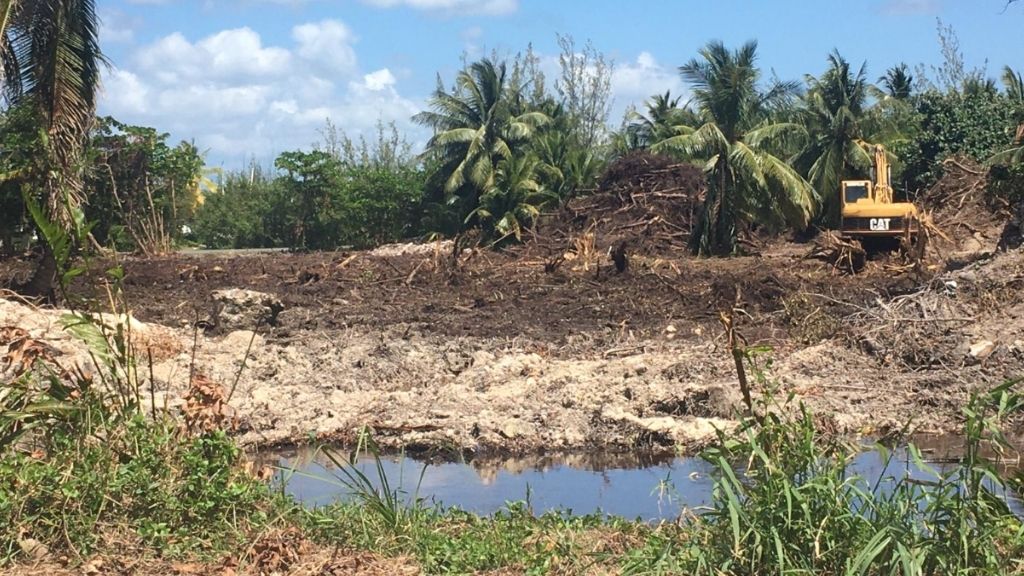
CAYMAN ISLANDS – An illegal mangrove clearing in Red Bay, the home district of Premier Alden McLaughlin, was brought to the attention of the Mangrove Rangers Wednesday afternoon. Clearing work was ongoing when a ranger visited the site Wednesday, despite two cease-and-desist orders that had already been issued by the Department of Environment. One order has been issued to the construction company and another to the land owner. A DoE officer confirmed the works at the end of Selkirk Drive and Abbey Way had not been granted planning permission. The illegal clearing is another example of a brazen violation of the Species Conservation Plan for Mangroves, which took effect in April 2020. That plan establishes, “mangroves may not be taken, meaning they may not be killed, collected, destroyed, damaged, or harmed,” unless planning permission has been granted. When asked about the site, Premier McLaughlin said the land is private and government cannot deny the right to develop private land. “I think people forget that the whole of Red Bay and most of Prospect was like that when I was a boy 50 years ago. A lot of mangroves were cleared to make way for the land our houses currently sit on,” McLaughlin wrote. READ MORE GLOBAL These 10 Golden Rules for Planting Trees Could Help Save the Planet

GLOBAL – There are around 60,000 tree species in the world, spread out across myriad ecosystems. Within these ecosystems, and around these trees, are countless other organisms ranging from the tiniest bacterium to the mightiest moose. Between the trees, their landscapes and their peer flora and fauna, exist startlingly complex relationships that we’re only just beginning to understand. The matter gets even more complex when you factor humans into the equation – around 2 billion people rely on forests alone, for work, food, shelter and water. Of course, trees play a massive role in sequestering carbon from our atmosphere. It’s perhaps no surprise then, that there are a healthy number of tree planting initiatives around the globe – run by businesses, governments and even individuals. Make no mistake: we need to be planting trees. But while many of these initiatives are certainly ambitious, it’s important that we establish a set of best practices to get the most from the resources we put into restoring forests. READ MORE AMERICAS Evaluating the engineering benefits of Florida’s mangrove forests

USA – Along the Florida coastline, forests of trees with a dense tangle of prop roots appear to be standing on stilts above the water. These trees, or mangroves, are not only magnificent to see, but are a key element in protecting coastlines and communities during coastal storms. Researchers at the U.S. Army Engineer Research and Development Center (ERDC) have partnered with the U.S. Army Corps of Engineers (USACE) Jacksonville District and the U.S. Naval Academy to explore the engineering value of Florida’s mangrove forests. For more than a decade, the USACE Engineering With Nature (EWN) Program has pursued the intentional alignment of natural and engineering processes to efficiently and sustainably deliver economic, environmental and social benefits. One of these opportunities is the application of natural and nature-based features, which are landscapes, such as mangrove trees, that are used to provide engineering functions relevant to flood risk management. READ MORE Coastal Watch celebrates successful initiative launch

USA – Coastal Watch reported that it is celebrating a successful launch of its new initiative as more than 140 mangrove propagules are now being cared for in the residences of Back to Our Roots participants. Back to Our Roots is a community-led initiative to learn about, grow and restore mangroves on Sanibel and Captiva. Participants received a mangrove propagule that they are caring for until it is ready to be planted at a local restoration site later this year. From January through March, Coastal Watch held five workshops to share the importance of mangroves to the barrier island ecosystem. Conservation Initiative Coordinator Kealy McNeal led each session virtually via Zoom. “One of the benefits to having the virtual workshops was that we were able to reach out to several people who wouldn’t otherwise have been able attend in person,” she said. “Most of the workshop participants watched from their homes on Sanibel, however we did have some participants that watched from other states. During the five workshops, we received shout-outs from New York, Connecticut, Pennsylvania and California.” READ MORE ASIA Female rangers guard world’s largest arid mangrove forest in Pakistan
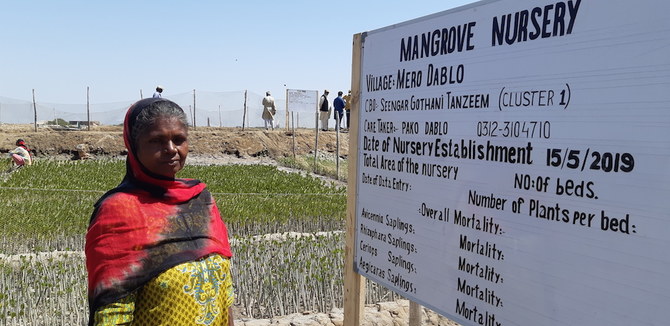
PAKISTAN – For decades, grazing animals and loggers destroyed thousands of trees on Pakistan’s Indus River Delta, home to the largest arid mangrove forests in the world. The Indus Delta has around 95 percent of the total mangrove forest cover in Pakistan, and was once home to eight species of mangroves, which the Sindh Forest Department (SFD) says forest destruction reduced by half. By 2005, mangrove cover had declined to 84,000 hectares — the lowest recorded level — from 260,000 hectares in the 1980s. In 2019, as part of an ongoing campaign to improve forest cover, the SFD collaborated with the World Wildlife Fund (WWF) to set up a mangrove nursery, hiring 250 women not just to plant new trees but also to guard them against threats from animals and humans. READ MORE Capitol plants more mangrove propagules in Banate
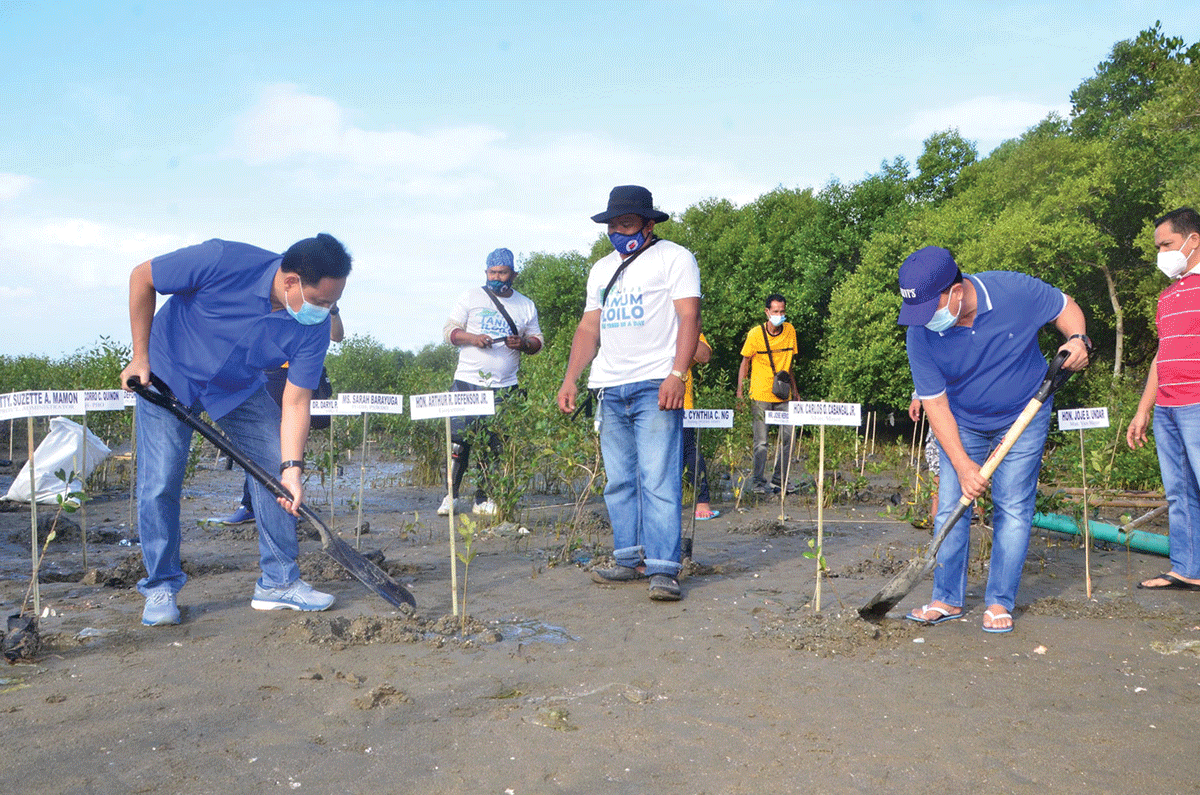
PHILIPPINES – In celebration of World Water Day on March 22, the provincial capitol recently planted about 500 mangrove propagules of the bungalon species along the shoreline of Barangay Alacaygan in Banate town. “We must continue with our regular programs and activities like environmental protection amid the coronavirus pandemic,” said Gov. Arthur Defensor Jr. The mangrove planting areas in Banate will be expanded next year, he added. The governor spearheaded the activity together with Mayor Carlos Cabangal and Vice Mayor Jojie Undar. According to Cesar Emmanuel Buyco Jr., officer-in-charge of the Provincial Environment and Natural Resources Office (PENRO), only a few individuals joined in the activity in compliance with the physical distancing protocol to curb the spread of coronavirus disease 2019 (COVID-19). READ MORE Area of Hainan’s mangrove forests to increase by 1,700 hectares

CHINA – Evergreen deciduous forests in the coastal zone of the southern Chinese island of Hainan will increase by 1,700 hectares in the next five years, which will contribute to an increase in the level of local ecology, reported the Hainan Daily citing the regional forestry department. According to the department’s estimates, over the same period of time, the authorities intend to restore over 3,200 hectares of mangroves, degraded due to a number of unfavorable factors. The year 2021 on Hainan is expected to mark the beginning of an important milestone in forest management activities through the introduction of new technologies — dynamic databases and modern verification systems. READ MORE Crocodiles make a comeback in India’s Bhitarkanika mangrove reserve

INDIA – Bhitarkanika in India’s eastern Odisha state is one of the sub-continent’s largest mangrove ecosystems, and is home to salt water crocodiles and a huge range of other creatures. It is also the world’s largest mass nesting site for Olive-Ridley turtles. The Bhitarkanika sanctuary is located in the north-eastern region of Kendrapara district of Odisha and the sanctuary covers an area of 672 square kilometers of mangrove forests and wetland. Three rivers flow out to sea at Bhitarkanika, forming a tidal maze of muddy creeks and mangroves.The park is home to more than 215 species of birds. The population of the saltwater or estuarine crocodile has increased in the water bodies of Odisha’s Bhitarkanika National Park and its nearby areas in Kendrapara district, with forest officials counting 1,757 crocodiles in last year’s annual reptile census. READ MORE Adaro, Indonesia’s coal giant, is seeking to refinance its debt.
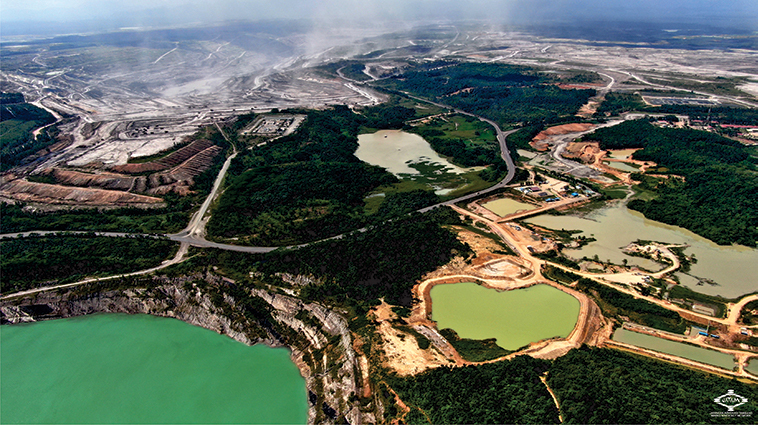
INDONESIA – Adaro Energy (Adaro) is one of Indonesia’s coal giants with coal business in its DNA. Adaro operates the largest single-site coal mine in South Kalimantan under a Coal Cooperation Agreement with the Government of Indonesia. It controls around 31,379 hectares of land, the equivalent of 58,640 football fields. Adaro has US$2 billion worth of debt due in 2021. For its operational and capital expenditure, Adaro is supported by financial institutions that funded Adaro through lending or helped Adaro issue its bonds. Despite the scientific warnings about the catastrophic impacts of coal to climate change, Adaro has no plans to demonstrate how it will phase out coal and diversify its business in a manner consistent with the Paris climate agreement efforts. In 2020, Adaro produced 54.53 Mt, and in 2021 it continues to focus on its coal business by setting a coal production target of 52 – 54 Mt. Use the form to email Adaro’s current lenders*, asking them to stop funding Adaro. READ MORE OCEANA Mangroves from space: 30 years of satellite images are helping us understand how climate change threatens these valuable forests
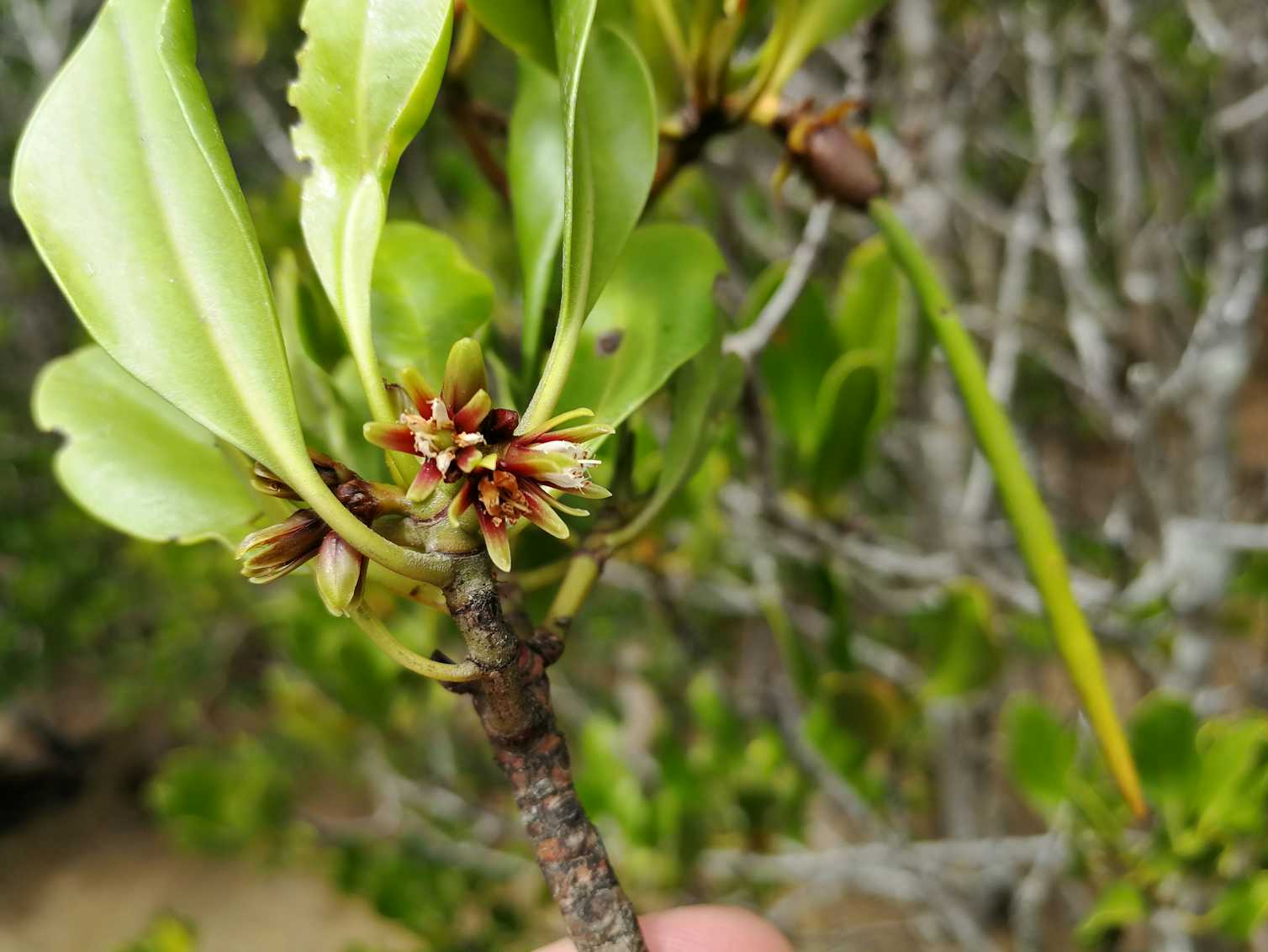
Australia – Australia is home to around 2% of the world’s mangrove forests and is the fifth most mangrove-forested country on Earth. Mangroves play a crucial role in the ecosystem thanks to the dizzying array of plants, animals and birds they feed, house and protect. Our research used satellite images to study the life cycles of mangrove forests in the Northern Territory, Queensland, and New South Wales. We compared the satellite images with field data collected in the 1980s, 1990s and 2000s, and found a surprising degree of variation in mangrove life cycles. We’re using the phrase life cycle, but the scientific term is “phenology”. Phenology is the study of periodic events in the life cycles of plants and animals. For example, some plants flower and fruit during the spring and summer, and some lose their leaves in autumn and winter. Satellites are an excellent tool to study changes in forest health, area, and phenology. Some satellites have been taking images of Earth for decades, giving us the chance to look back at the state of mangrove forests from 30 years ago or more. READ MORE Australia’s lesser-known ecosystems are heading for collapse. Here’s what we stand to lose
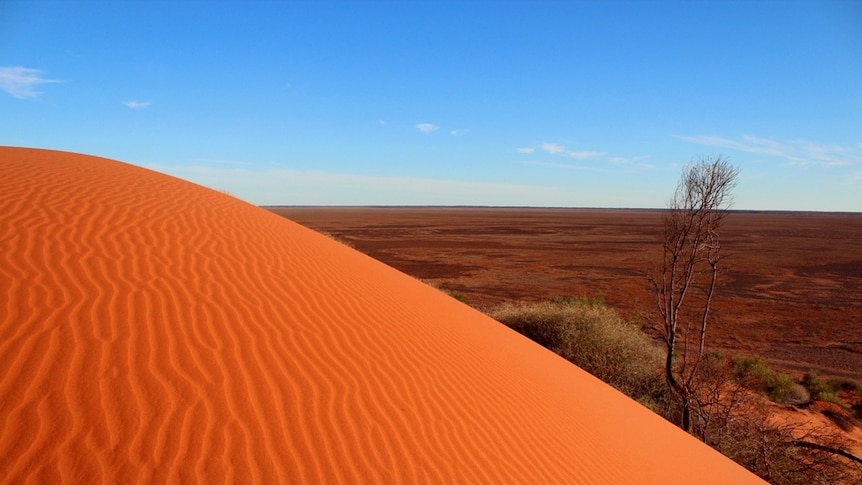
AUSTRALIA – A damning report has found several Australian ecosystems are so degraded, they are heading toward collapse if we do not intervene. Of the 20 systems studied by a group of scientists, 19 showed evidence of collapse in some areas and required “urgent action” to prevent them from undergoing total collapse. Ecosystem collapse is what happens when a system is so fundamentally altered that it completely reorders, often resulting in a less diverse group of plants and animals and interactions between them than before. Among those identified in the report in Global Change Biology were some very well-known ecosystems — the Great Barrier Reef, the Murray-Darling Basin, Ningaloo Reef and Far North Queensland’s tropical rainforests. But then there were the less well-known habitats like the Georgina gidgee woodlands, the western central arid zones, and the Gulf of Carpentaria mangrove forests. READ MORE Like this newsletter?
Pease consider donating to MAP to keep it going.
Giving could never be easier  | URGENT ACTION Stop Adaro, Indonesia’s coal giant, from refinance its debt.
TAKE ACTION Buy a Pin – Support MAP
 2021
CHILDREN’S ART CALENDAR BUY YOURS!
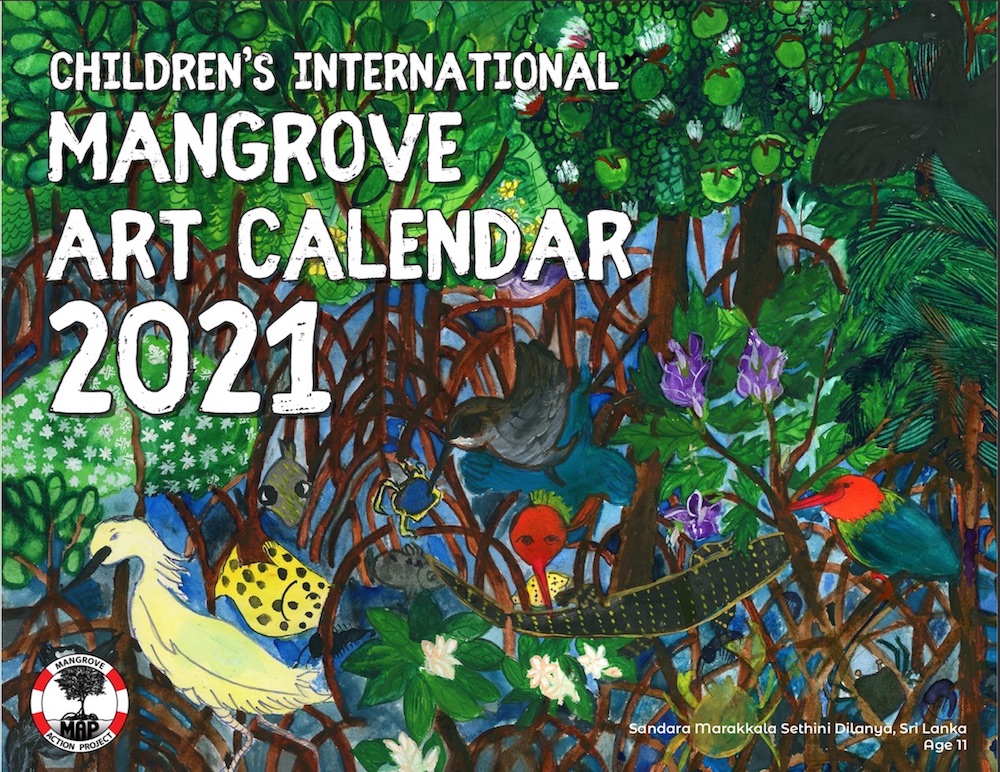
ACTION ALERTS Lawsuit Against Genetically Engineered Tree Solidarity Group – SIGN PETITION Tell the Japan International Cooperation Agency not to fund polluting coal – TAKE ACTION Please SIGN: keep plantations out of orangutan habitat!
TAKE ACTIONUnilever: stop destroying mangroves for convenience food! SIGN OUR PETITION
Stop plundering the oceans for industrial aquaculture! SIGN THE PETITION
Like this newsletter? Pease consider donating to MAP to keep it going. Giving could never be easier
Please see our newest video: “Restoring The Natural Mangrove Forest”
WATCH VIDEO 
Restoring The Natural Mangrove Forest
Watch movie 
Community Based Ecological Mangrove Restoration in Rufiji Delta VIEW VIDEO Video: Mangroves for the Future – A look bacK. As the latest phase of Mangroves for the Future (MFF) draws to a close, this video highlights some of the project’s most successful initiatives – from local women supporting national park management in Viet Nam to an island in the Maldives that has become a model for waste management, and everything in between. View Here WANT TO GET INVOLVED?
Follow and Join MAP!    
Like this newsletter? Pease consider donating to MAP to keep it going. Giving could never be easier 

Singing for the Sundarbans WATCH HERE Entrevista con Monica Quarto del Mangrove Action Project (Spanish language) Oye Aqui
VOLUNTEER OPPORTUNITY 
MANGROVE ISSUES Want to learn more about mangroves?
Our short presentation will give you a better understanding of the issues we are working to solve. WATCH PRESENTATION What is CBEMR? Download MAP’s 2 page CBEMR Information Sheet containing links to all MAP’s CBEMR resources – CLICK HERE
View MAP’s uploaded Videos at
MAP Video Gallery Question Your Shrimp Consumer/Markets Campaign!
WATCH VIDEO Mangroves: Guidebook to Malaysia – Click Here SHARE MAP’S VISION
CLICK HERE to watch short introductory video. Together we can work “at the roots of the sea”. Our short documentary, Reducing the Risk of Disaster through Nature-Based Solutions : Mangroves

Marvellous Mangroves Curriculum The Marvellous Mangroves Curriculum begins with a simple philosophy – getting future generations to not only learn about, but understand the importance of mangrove forests. VISIT 
The award-winning Marvellous Mangroves (MM) curriculum educates children on the importance of mangroves and their ecological functions, teaching them about modern challenges and mechanisms for sustainability. VIEW VIDEO Marvellous Mangroves Curriculum in Bangladesh – WATCH VIDEO
MARVELLOUS MANGROVES IN BRAZIL
En Portuges 
Marvellous Mangroves – A Curriculum-Based Teachers Guide.
Like this newsletter? Pease consider donating to MAP to keep it going. Giving could never be easier 
“Question Your Shrimp” Campaign Question Your Shrimp – is it really sustainable? Sign the Petition
Note to Our Readers: We strive to keep active links in our newsletter. However, due to circumstances beyond our control, occasionally links to stories may become broken. If you find a link to a story is not functioning, please cut and paste the headline into your browser search bar. In most cases you should be able to locate the original story.
Not yet a MAP News subscriber?
Click here to subscribe. 
|


























